Bremen and Bremerhaven bring together history, culture, and coastal life in a way that just feels so… well, alive. When I arrived in Bremen, medieval buildings greeted me, markets buzzed, and the statue of the Town Musicians—yes, the ones from the Brothers Grimm story—stood right there, almost daring me not to smile. You can feel Bremen’s history as a trading hub everywhere, from its grand old town hall to the riverside walks where locals and visitors alike linger.
A quick hop along the Weser River landed me in Bremerhaven, where the salty breeze hits different and the harbor’s rhythm takes over. Fish markets, working ships, and that unmistakable North Sea air give this city its own pulse. They don’t call it “Fish Town” for nothing. My trip bounced from Bremen’s fairy-tale corners and lively squares to Bremerhaven’s docks, where I sampled fresh North Sea shrimp that, honestly, ruined supermarket seafood for me forever.
Exploring these two cities, so close yet so different, made me appreciate how old and new blend along Germany’s northern coast.
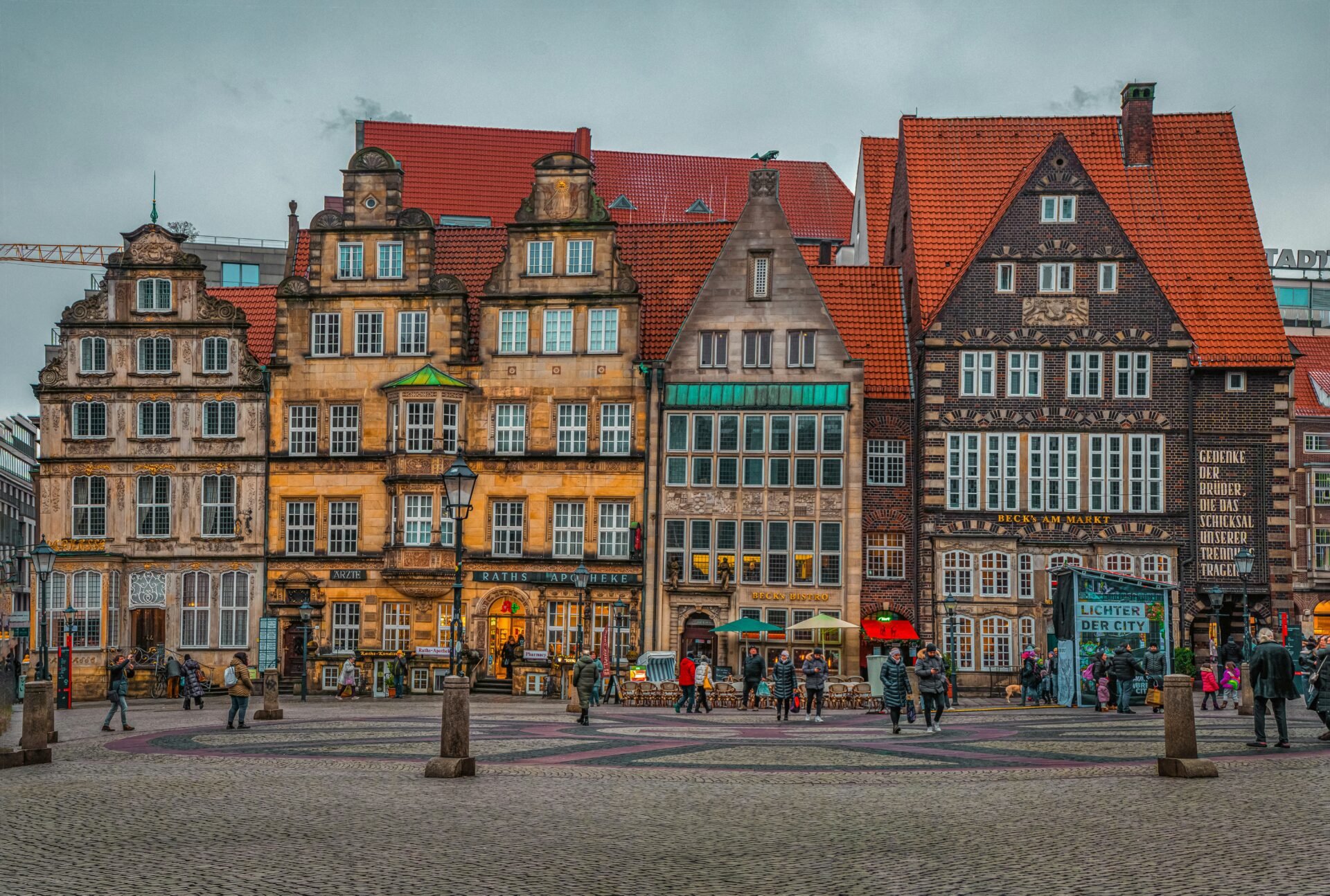
The Hanseatic City of Bremen: Heart of Fairytales and Heritage
Bremen has this knack for mixing legends, history, and some seriously eye-catching architecture. From the UNESCO-listed Town Hall and Roland statue to the winding medieval lanes of Schnoor, there’s always something to draw you in.
Market Square and UNESCO World Heritage Landmarks
When I first stepped into Bremen’s Market Square, I felt swept up in a swirl of sights and sounds. Cafes spill out onto the cobbles, and people from everywhere cross paths here. The Old Town Hall and the Roland statue stand tall, anchoring the square and giving it a sense of drama.
Both the Bremen Town Hall (locals just call it the Old Town Hall) and the Roland statue have UNESCO World Heritage status. The Town Hall mixes Gothic and Weser Renaissance styles, and honestly, it’s one of the most beautiful town halls I’ve seen anywhere. The Roland statue, dating back to 1404, represents freedom and justice—big words, but you sort of get it when you stand in its shadow.
Other buildings crowd around the square, like St. Peter’s Cathedral and the old guild houses. The Gothic brickwork, the stone facades—they all combine to make you feel like you’ve wandered into a storybook. I grabbed a seat outside, sipped coffee, and just watched the world go by.
| Landmark | Built Year | UNESCO Status | Main Style |
|---|---|---|---|
| Town Hall | 1405–1410 | Yes | Gothic/Weser Renaissance |
| Roland Statue | 1404 | Yes | Gothic |
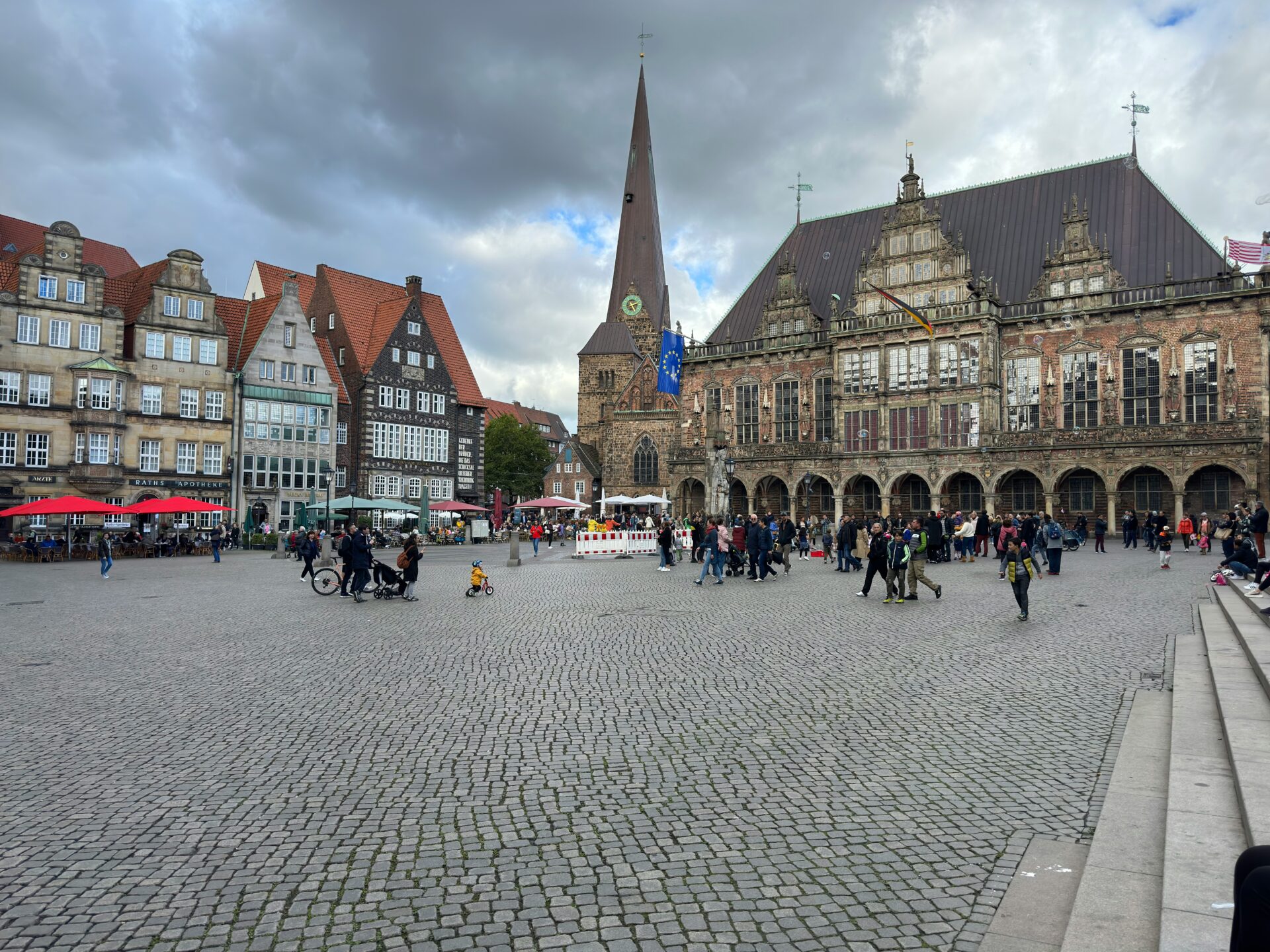
The Legendary Bremen Town Musicians
You can’t miss the bronze statue of the Bremen Town Musicians near the Market Square. It’s inspired by the famous Brothers Grimm fairy tale, and shows a donkey, dog, cat, and rooster stacked up, one on top of the other.
Kids and adults line up to rub the donkey’s legs for luck—I joined in, because why not? It’s funny how the story goes: the Town Musicians never actually make it to Bremen in the tale, but the city has adopted them wholeheartedly. This statue isn’t just for children; it’s become a symbol that’s everywhere—on murals, souvenirs, even bakery signs.
Guided tours love telling the story behind it, but for me, seeing the statue in person just brought the legend to life. You can’t walk far without spotting another nod to these quirky characters.

Historic Schnoor Quarter and Altstadt
A few minutes from the Market Square, I found myself wandering into the Schnoor Quarter—Bremen’s oldest neighborhood. Narrow, twisting streets and tiny houses crowd together, giving the whole area a cozy, almost secretive feel. Most buildings in the Schnoor District go back to the 15th and 16th centuries.
Shops here sell handmade crafts, art, and local snacks. The cafes are small, warm, and perfect for hiding out with a pastry. Unlike other parts of the Altstadt (Old Town), Schnoor has kept its medieval structure. I could almost picture craftsmen and merchants bustling through these crooked lanes.
Some houses pop with bright colors, which adds to the quirky vibe. Early mornings or late evenings here are quiet—ideal for slow strolls and daydreaming.
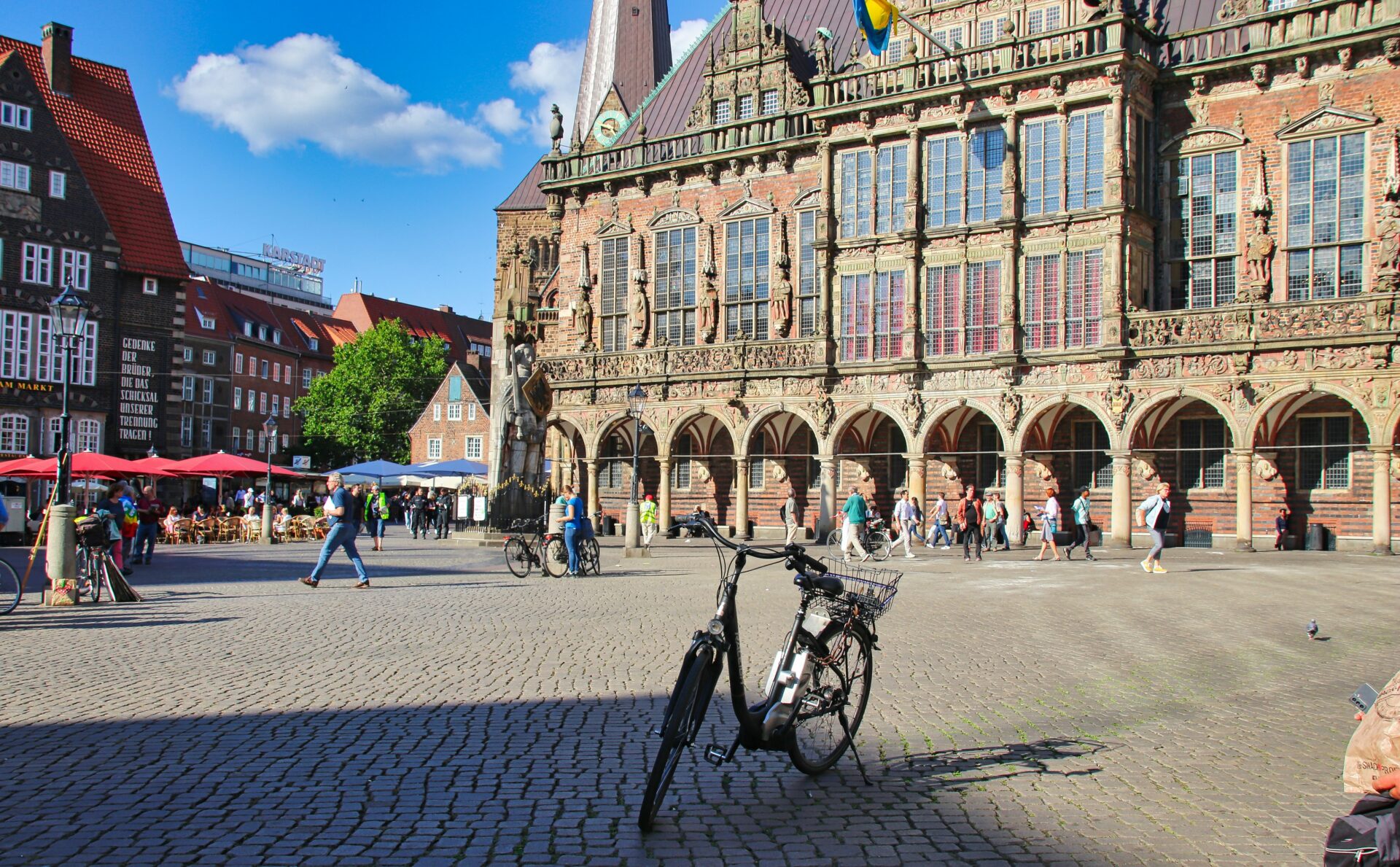
Gothic and Weser Renaissance Influences
Bremen’s architecture really stands out if you’re even a little bit into history or design. The Town Hall is the star of the Weser Renaissance style, with its fancy gables, big windows, and decorative flourishes. This style, a blend of local tradition and Renaissance flair, spread along the Weser River in the 16th and 17th centuries.
Gothic touches show up everywhere too—especially in St. Peter’s Cathedral and the old guild houses. Tall arches, ribbed vaults, and those pointed windows all point to Bremen’s medieval roots.
I loved how these styles mix together, making the city feel both grand and approachable. Every building seems to whisper part of Bremen’s long story, from its Hanseatic trading days to today. If you’re into architecture, just walking around is a treat.
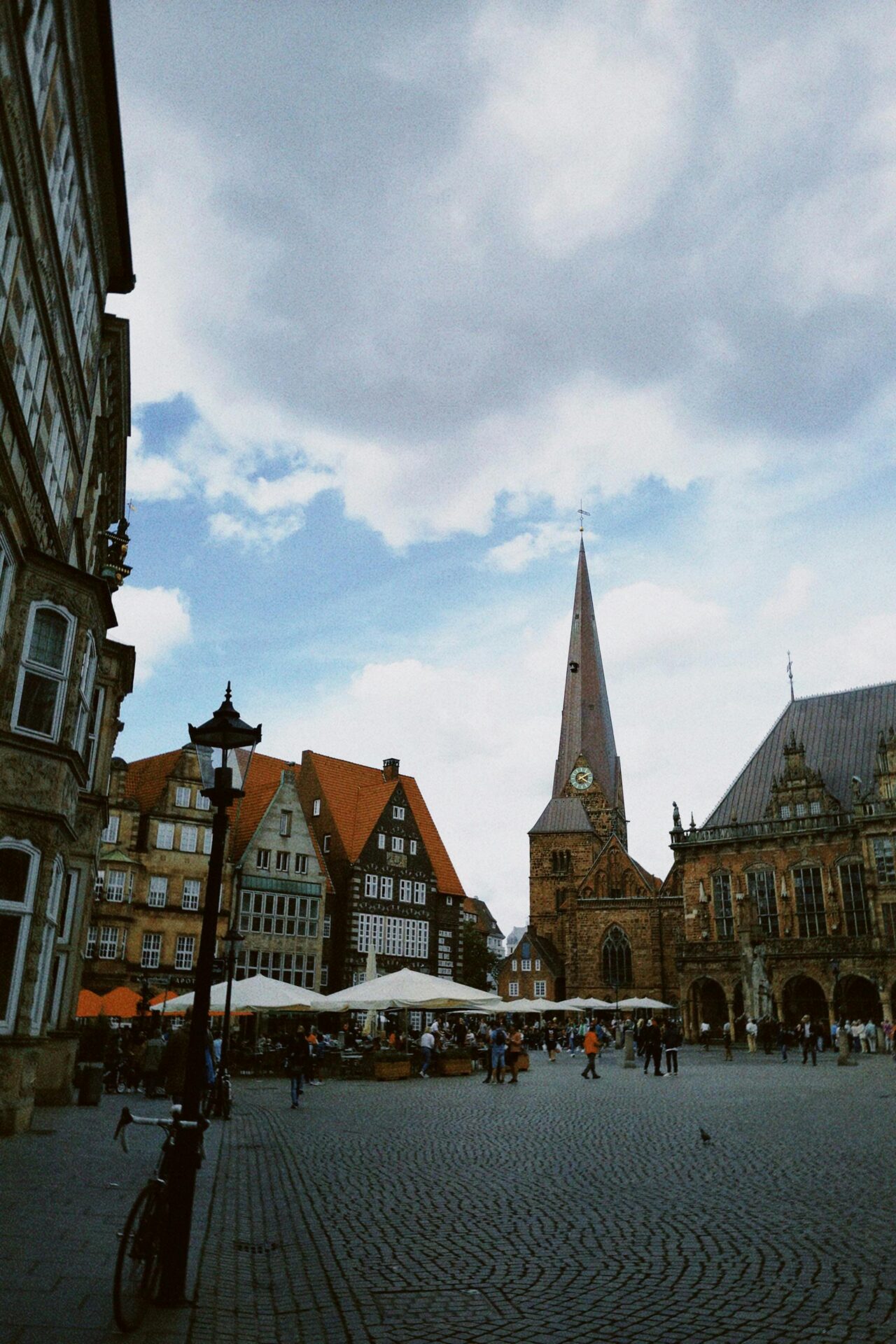
Sights, Stories, and Statues: Exploring Bremen’s Old Town
Everywhere I turned in Bremen’s Old Town, I bumped into art, ancient churches, and buildings that practically ooze history. The city’s legends and lively public spaces all come together in this compact, walkable center.
Böttcherstraße and Its Artistic Legacy
Böttcherstraße isn’t long, but wow, does it pack a punch. The red-brick Art Deco buildings are wild—full of curves and details that make you want to stop and stare. Ludwig Roselius, a coffee merchant, dreamed up this street to celebrate art and culture.
I ducked into the Paula Modersohn-Becker Museum, which honors one of Germany’s boldest female painters. Galleries and shops line the street, turning it into a living art space. Overhead, bells chime from the Glockenspiel House, and the music drifts down to the cobblestones.
Key highlights along Böttcherstraße:
| Landmark | Notable Feature |
|---|---|
| Paula Modersohn-Becker Museum | Early modern art |
| Ludwig Roselius Museum | Hanseatic history |
| Glockenspiel House | Carillon performances |
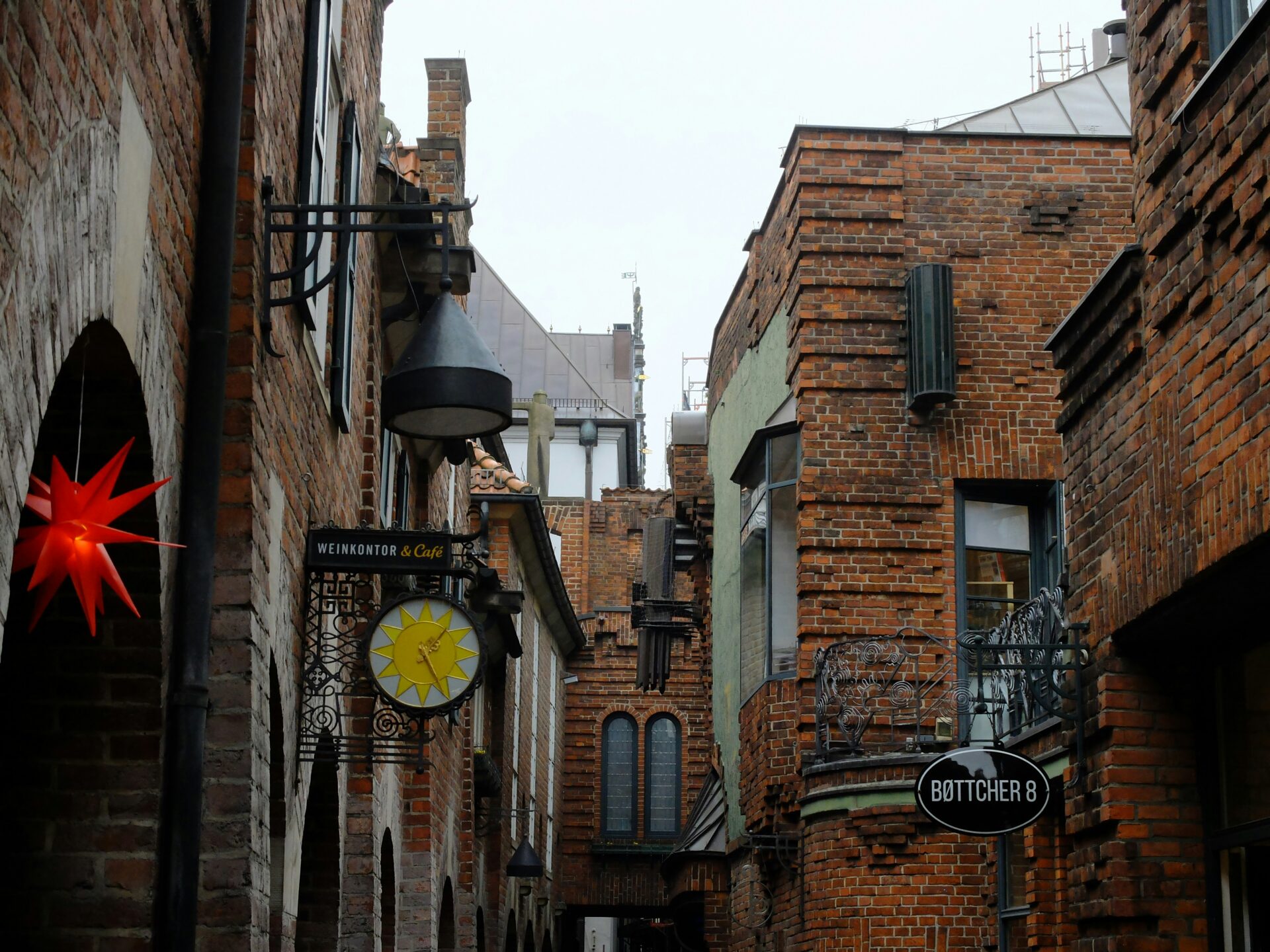
Saint Peter’s Cathedral and the Church of Our Lady
Saint Peter’s Cathedral towers over the Market Square, its twin spires visible from all around. Construction started more than 1,200 years ago, and you can see layers of history in every stone and carving. The crypt below is ancient, and stepping inside, I felt an immediate hush.
Nearby, the Church of Our Lady stands as Bremen’s oldest church. Its brick Gothic style is unmistakable, and inside, modern art mingles with religious icons. The church often hosts small art shows, which adds a nice twist if you’re into both history and contemporary culture.
A quick comparison:
| Church | Founded | Special Features |
|---|---|---|
| Saint Peter’s Cathedral | 8th c. | Twin spires, historic crypt |
| Church of Our Lady | 11th c. | Gothic design, art displays |
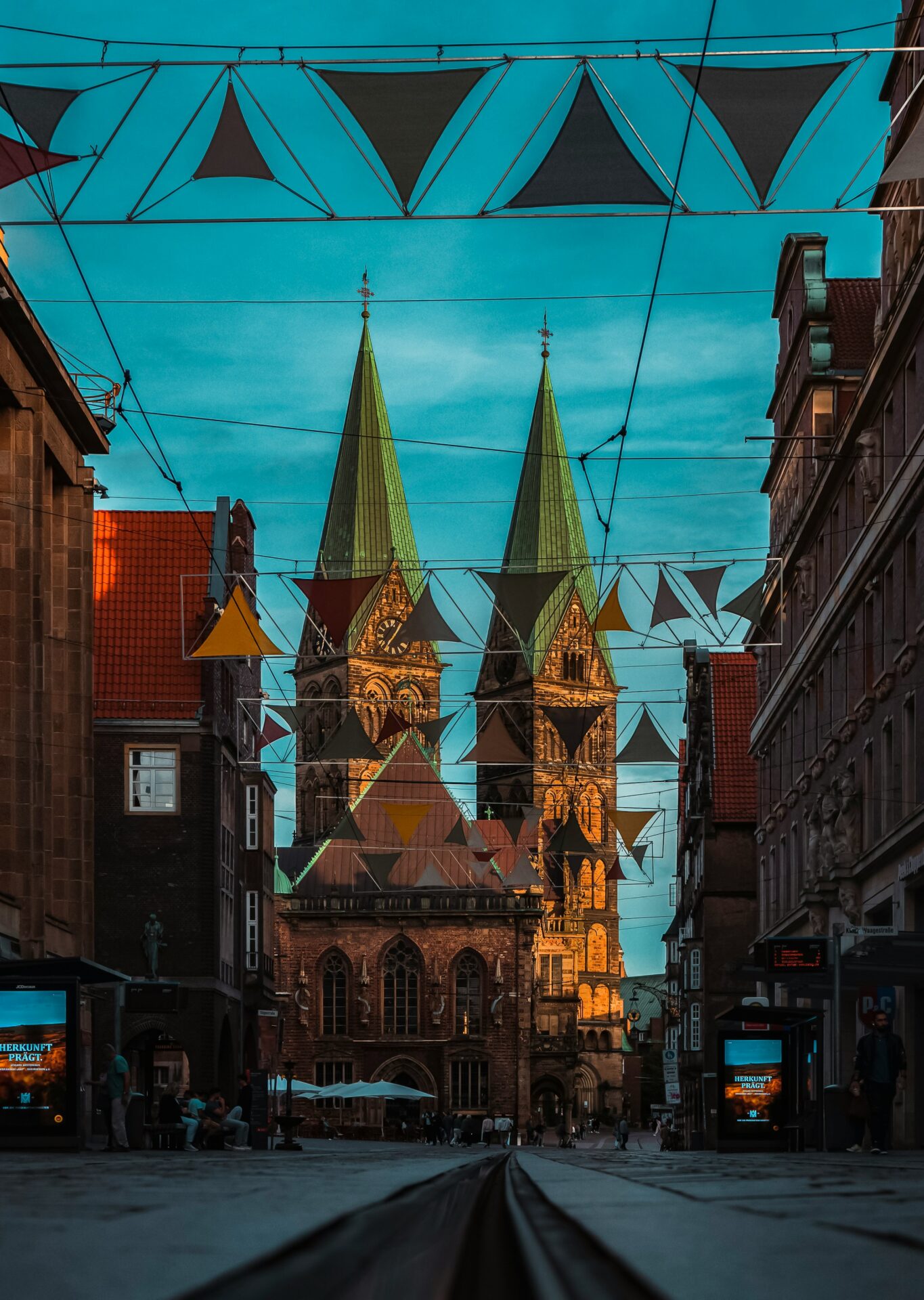
Bremen Hauptbahnhof: Gateway to Discovery
Bremen Hauptbahnhof isn’t just a train station—it’s a real city landmark. Ornate facades and a soaring glass dome greet you when you arrive, and the whole place buzzes with travelers.
You can walk from here to most of Bremen’s top sights, like the historical museum or the Old Town. Inside, there’s no shortage of shops, cafes, and helpful staff. The station feels welcoming and makes hopping between Bremen, Bremerhaven, and the coast a breeze.
Some highlights:
- Central location: Steps from the Old Town
- Architectural style: Red brick, 19th-century vibes
- Amenities: Food, shops, info desks
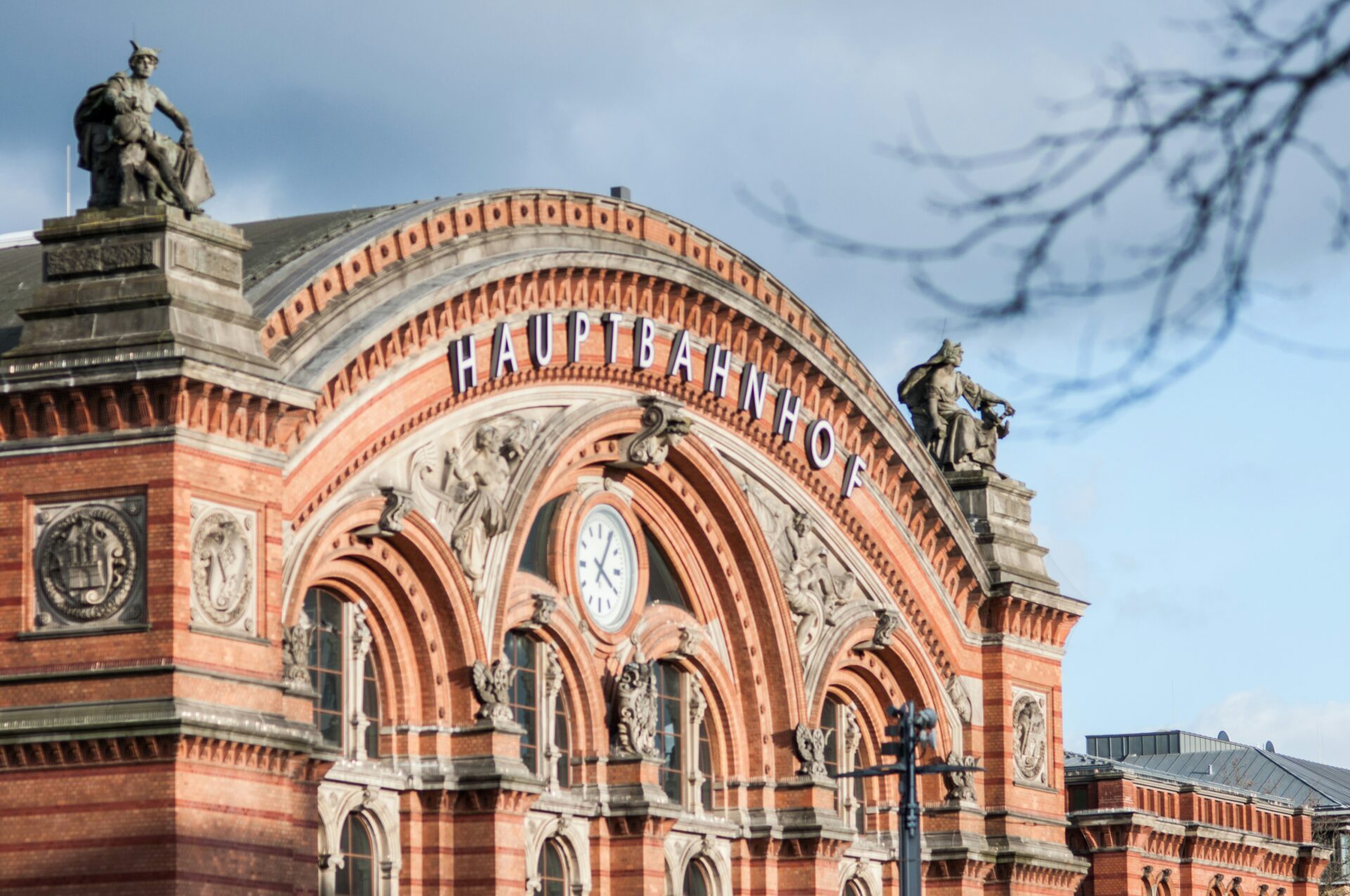
Bremen’s Festivities and Flavors
Bremen knows how to celebrate. Festivals, traditions, and a food scene shaped by centuries of seafaring give the city its own flavor—sometimes literally.
The Magical Christmas Market
Every winter, Bremen’s Old Town transforms into a glowing wonderland for the Christmas market. Wooden stalls fill the squares, selling handmade gifts, ornaments, and gingerbread. The smell of roasted nuts and mulled wine floats everywhere.
The market stretches from the Roland statue all the way to the Schlachte Embankment, where fairy lights reflect off the Weser. There’s live music, storytellers, and kids spinning on carousels. I wandered from stall to stall, picking up hand-carved toys and chocolates. The whole thing feels festive and friendly—locals and visitors mingle, and nobody’s in a hurry.

Traditional Cuisine: Knipp and Labskaus
When I dig into Bremen’s food, two dishes always come to mind: Knipp and Labskaus. Knipp is a hearty sausage made from groats and pork, sliced and fried up crispy. Rye bread, pickles, and apple compote round out the plate—it’s simple, filling, and just right after a chilly riverside walk.
Labskaus is a bit of an oddball. It’s a mash of corned beef, potatoes, onions, and beetroot, topped with a fried egg and pickled herring. Sailors once loved it, and I get why—it’s salty, tangy, and surprisingly moreish. These dishes might look rustic, but there’s something comforting about them.
Bremer Ratskeller: A Culinary Legacy
You can’t leave Bremen without trying the Bremer Ratskeller. Tucked beneath the Town Hall, this cellar has been serving guests since the 1400s. The arched vaults hide one of Germany’s oldest wine collections, with bottles you won’t find anywhere else.
I tucked into roast pork with Sauerkraut and sampled a few regional wines, thanks to the staff’s friendly suggestions. Massive oak barrels and a medieval vibe make it feel special. The Ratskeller is where history, good food, and warm hospitality all come together.
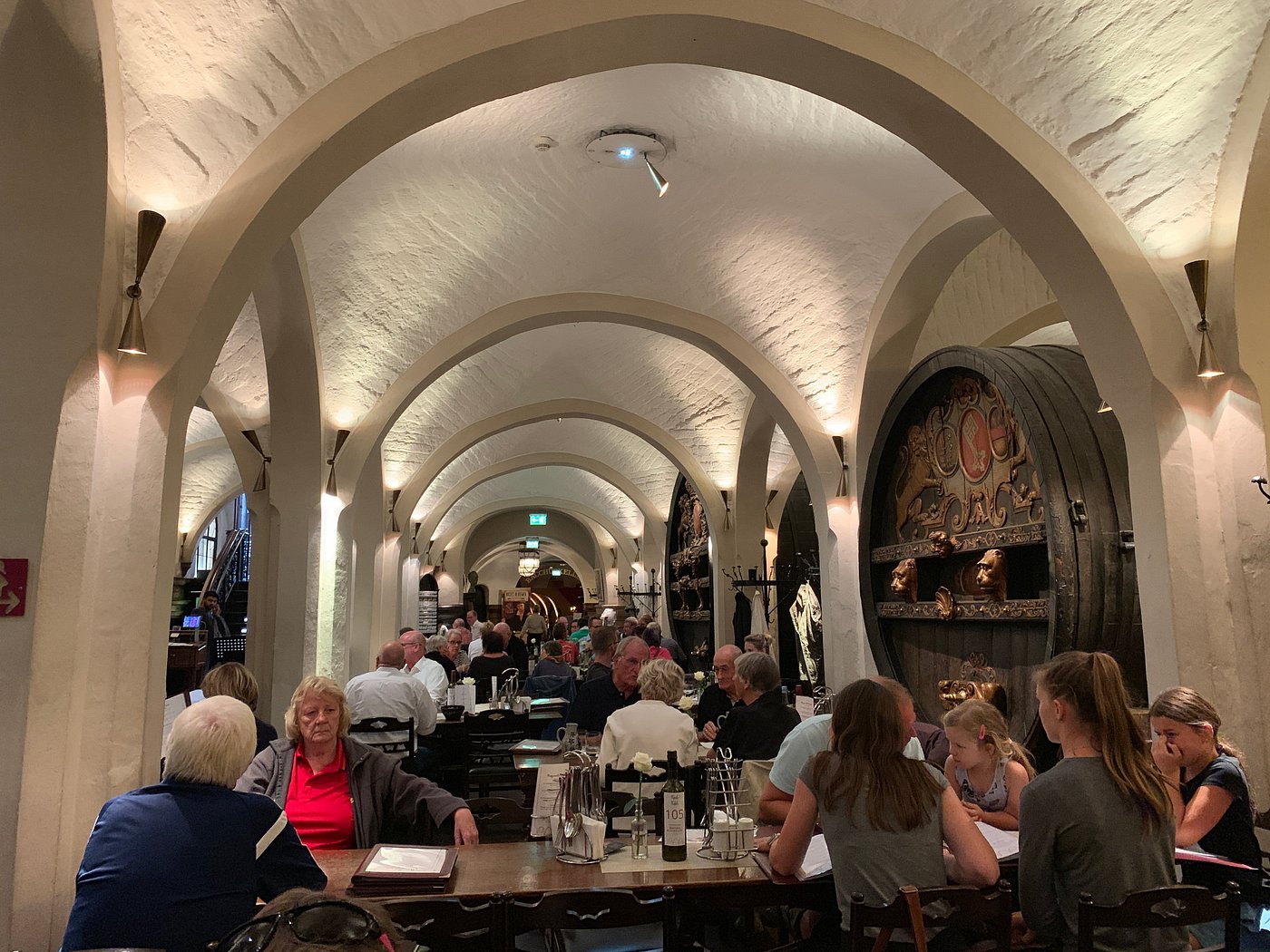
From Museums to Modern Marvels
Bremen and Bremerhaven overflow with places that mix science, culture, and nature. Visiting these spots gave me a real sense of discovery and connection to the region.
Universum Bremen: Science and Wonder
Universum Bremen looks like something from the future—a silver shell of a building that hints at what’s inside. My curiosity kicked in as soon as I walked through the doors.
I spent hours exploring over 300 interactive exhibits about technology, nature, and people. I stood on an earthquake simulator and tried to keep my balance in a tilted room. Kids and adults jumped from one experiment to the next, and the science shows made big topics like electricity feel easy.
My favorite parts? Solving brain puzzles in the “Human” section and building little machines in “Technology.” Outside, the Science Park had hands-on stations where you could play with wind and water. Universum Bremen turns science into an adventure—no lab coat required.
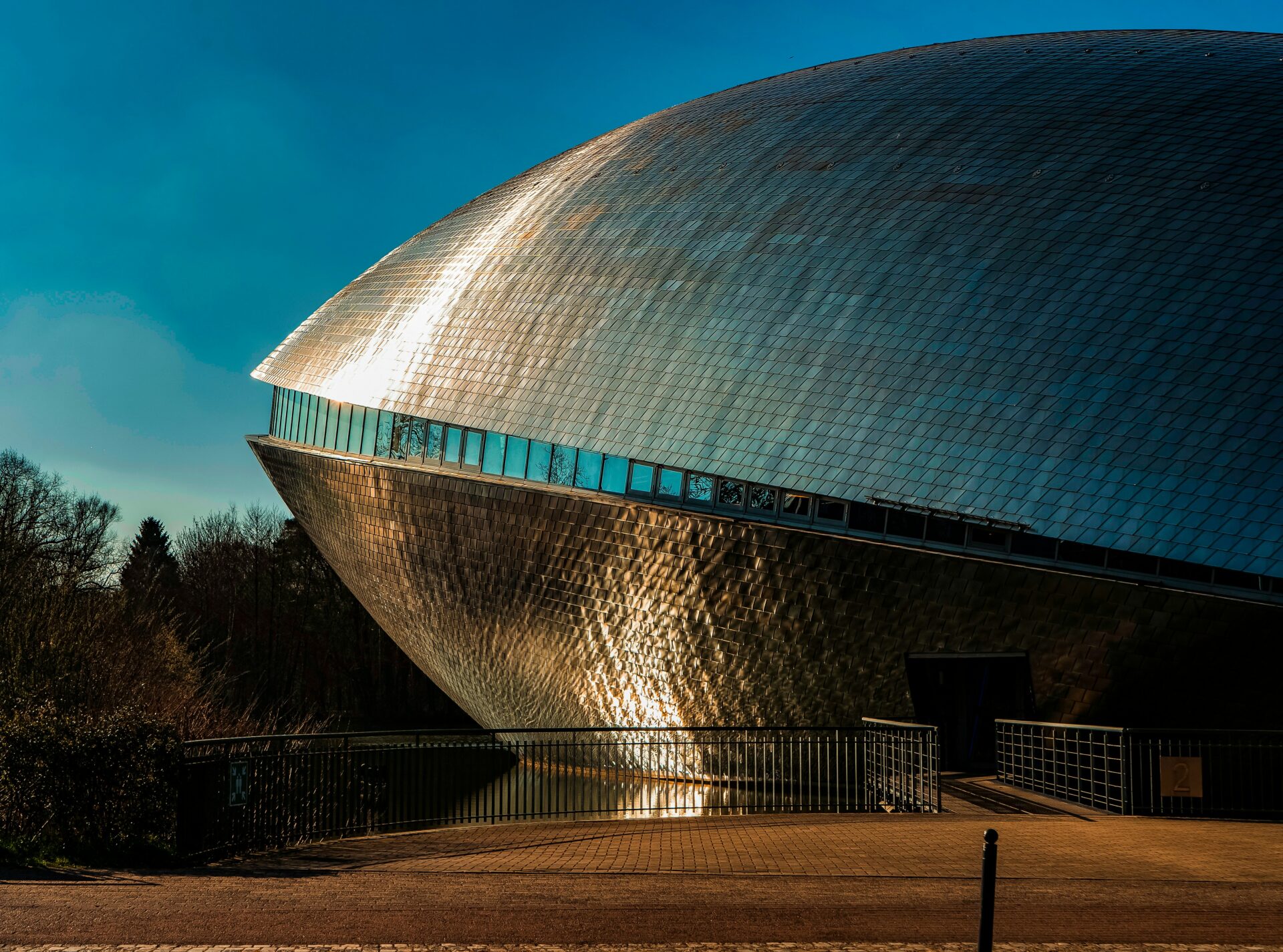
Overseas Museum: Cultures and Connections
The Overseas Museum took me around the world without leaving Bremen. Exhibits explore different cultures, animals, and natural environments, all inside a building that blends old and new.
I wandered through galleries on Africa, Asia, and the Americas, checking out traditional clothing, masks, and old maps. Interactive screens let me dig deeper into whatever caught my eye. Special exhibits focus on migration, climate, and trade, showing how everything connects.
One highlight? The rainforest diorama, complete with animal specimens and jungle sounds. There’s also a section on Bremen’s history as a port city, tying local stories to the global picture. If you want to travel far and wide in a single afternoon, this museum is the place.
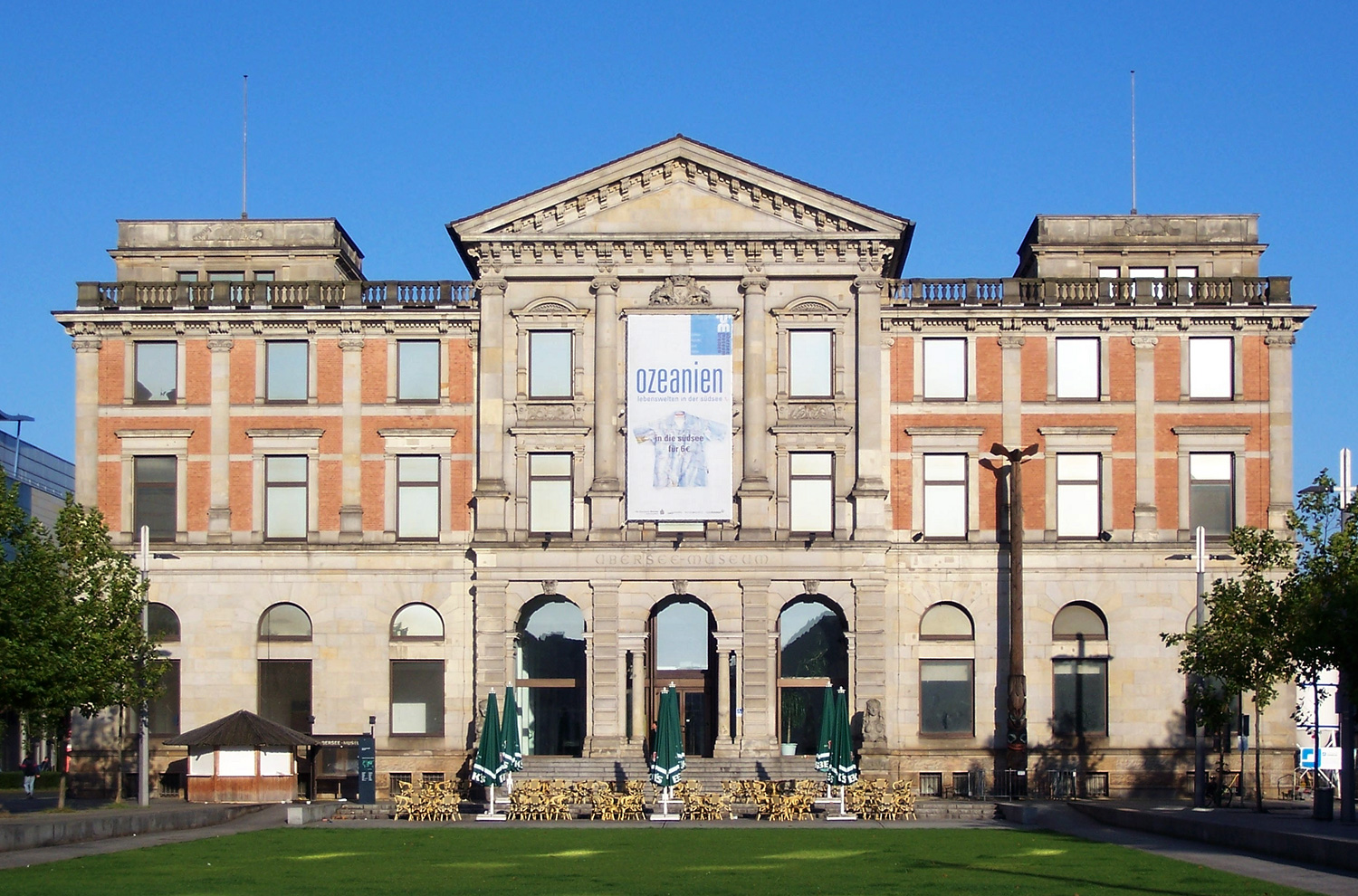
Botanika: Gardens of Diversity
Botanika gave me a peaceful break among living plants from all over the world. This indoor botanical garden brings together tropical houses, bonsai trees, and rare flowers in one place.
I wandered past bursts of color—rhododendrons everywhere—before stepping into a humid hall filled with butterflies. The Asian Garden really caught my attention, with Buddhist statues and a koi pond adding to its calm vibe.
Every plant had a little info panel, sharing where it came from and what made it special. I liked that touch; it made each corner feel like a new discovery.
Some corners invite quiet reflection, while others buzz with interactive science corners for the curious. The greenhouse’s different climate zones let me breathe in the air of several continents without leaving the building.
Botanika connects people to the planet’s wild diversity. It’s hard not to leave with a fresh sense of why plant life matters.
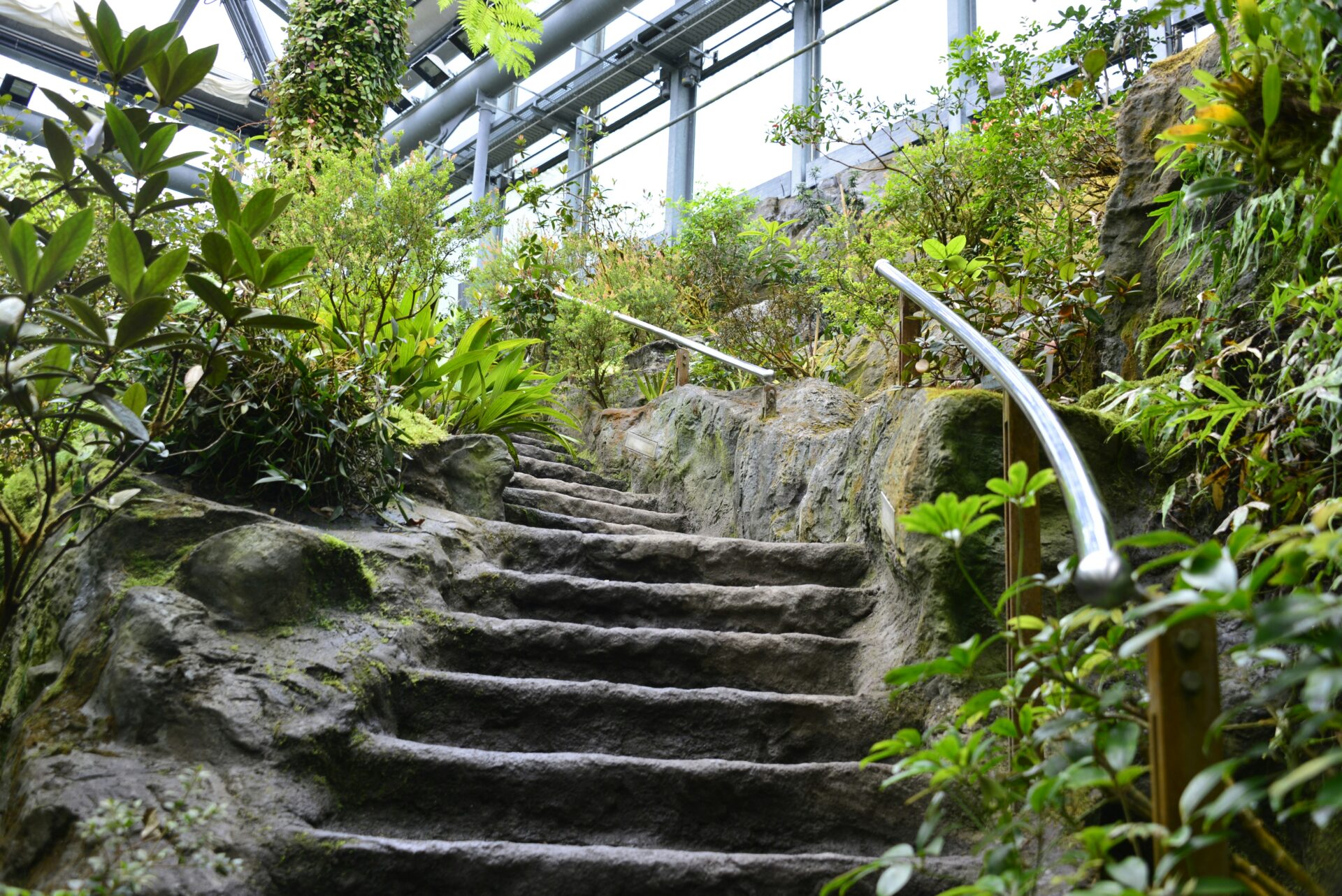
Bremerhaven: Gateway to the North Sea Breeze
Bremerhaven sits where the River Weser spills into the North Sea. The city mixes history with a fresh maritime atmosphere, so you get both adventure and culture in one go.
German Emigration Centre: Journeys Across the Sea
I kicked off my visit at the German Emigration Centre. This museum honors the millions who left Europe for new lives overseas, especially between 1840 and 1974.
Walking through the exhibits, I found photos, artifacts, and interactive stations that brought emigrants’ stories to life. The recreated docks and ship interiors felt surprisingly real—I could almost picture myself boarding a crowded vessel, leaving everything familiar behind.
Personal stories from travelers, not just from Germany but all over, made their hopes and struggles hit home.
Key Details:
| Period Covered | Emigrants Traced | Location |
|---|---|---|
| 1840 – 1974 | ~7 million | New Harbor |
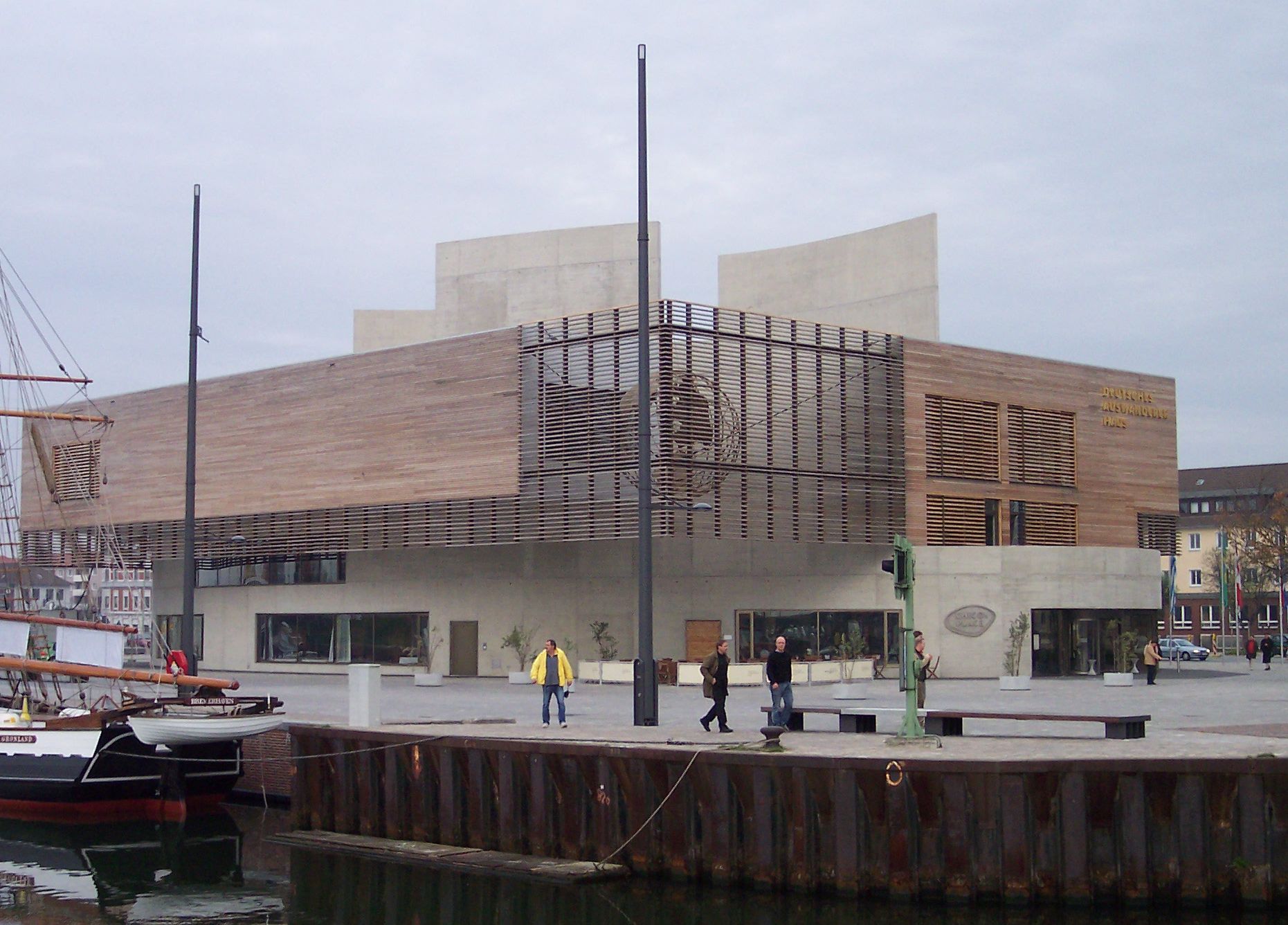
Experience the North Sea and River Weser
Bremerhaven perches right where the Weser meets the North Sea, and the views are just something else. There’s always a salty breeze in the air, and the long Weser dyke is perfect for a stroll—ships and harbor life never stop moving.
I joined a boat tour around the harbor, drifting close to massive cargo ships and the world-famous car terminal, which apparently holds about 100,000 vehicles. From the deck, I watched birds wheel over the water, the sound of the sea everywhere.
Some local highlights:
- “Dicke Pötte Tour” for ship-spotting
- HarborBus tours along the piers
- Local fish markets by the water
The city’s link to the sea runs deep. It shapes daily life and gives the skyline its character.
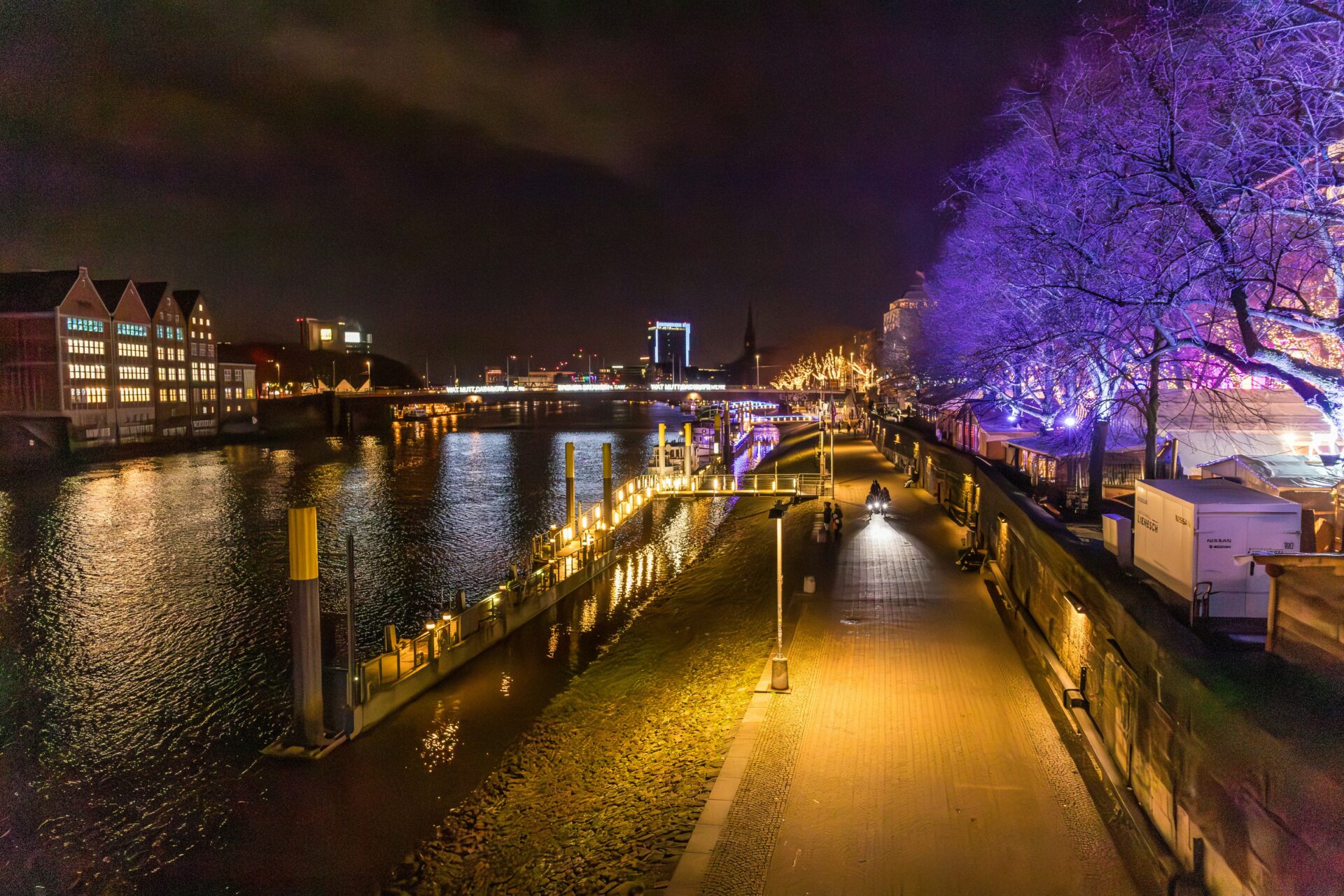
Bremerhaven’s Cultural Heritage and Sister Cities
Bremerhaven really leans into its maritime roots, blending local traditions with a flair for international partnerships. As I wandered the town, I kept spotting signs and plaques pointing out sister cities from all over the world.
These connections let Bremerhaven share culture, spark new ideas, and trade with far-off places like Cherbourg in France, Grimsby in the UK, and Szczecin in Poland. It’s honestly kind of inspiring to see how a port city keeps building bridges—sometimes literally, sometimes not.
Museums and events here aren’t just about ships, though. I stumbled into exhibitions on Hanseatic history, shipbuilding, and migration that really brought the city’s past into the present.
Bremerhaven’s story, shaped by its river and the open sea, still reaches people far beyond its borders.

